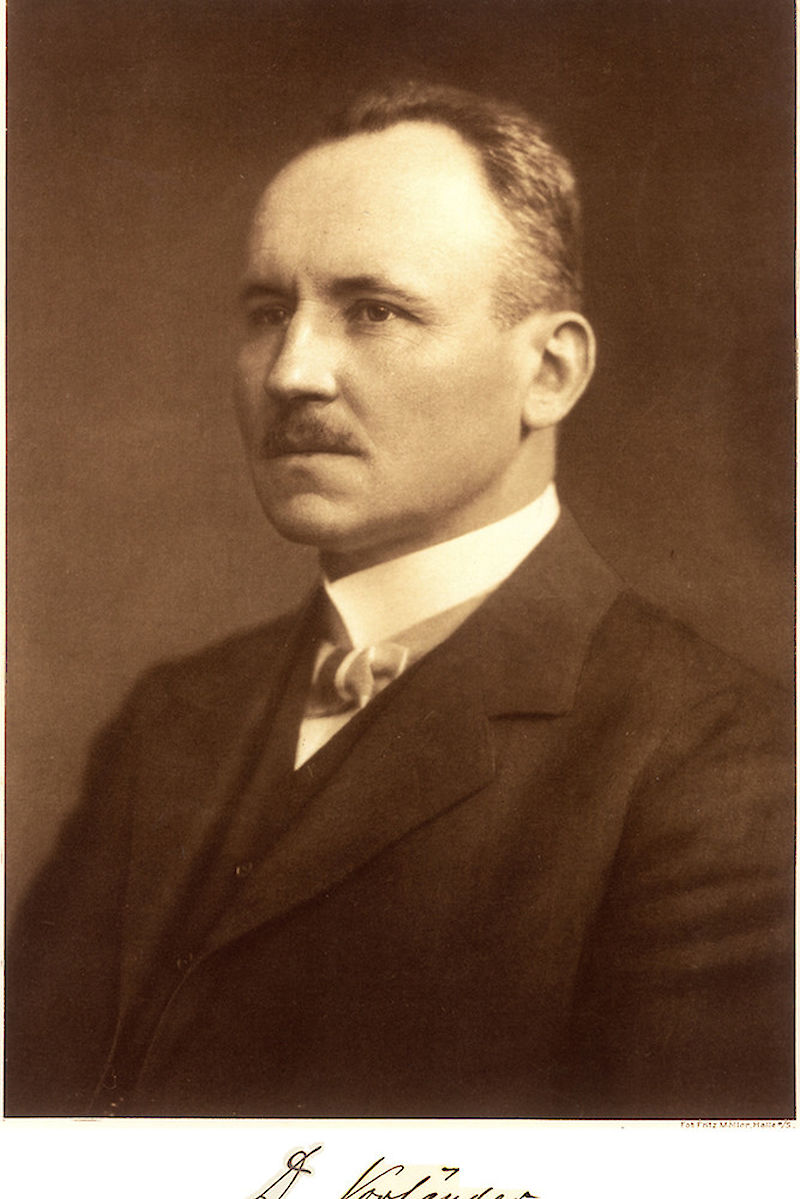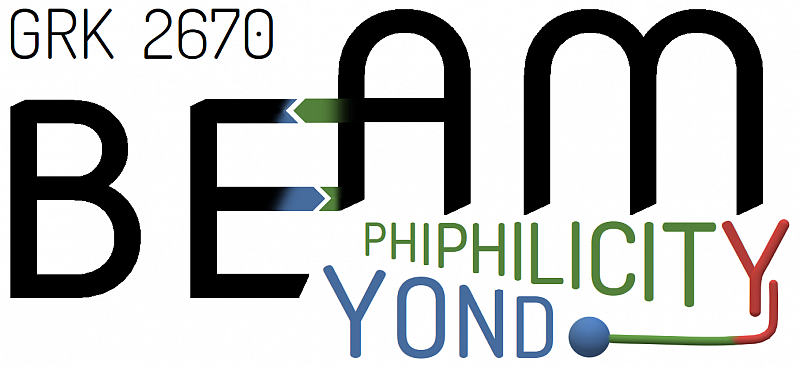Daniel Vorländer
- First understanding of the relations between molecular shape/structure and soft-matter self-assembly of liquid crystals
- Basic rules for the design of liquid crystalline materials for technological applications in mobile information and communication technologies – essential contribution of chemistry to this technological revolution
Daniel Vorländer studied natural sciences with a focus on chemistry at the universities of Kiel, Munich and Berlin and then obtained his doctorate at the University of Halle in 1890 “On amidines of oxalic acid”. A year later he became a scientific assistant at the Chemical Institute in Halle. This led to his habilitation entiteled “Synthesis of hydrogenated derivatives of resorcinol” in 1896. Six years later, in 1902, he became associate professor and in 1908 full professor and director of the Chemical Institute at the University of Halle. Moreover, he had been a member of the Leopoldina since 1905. By 1903 he had published about 90 papers in different areas of organic and inorganic chemistry.

From that year on he focused his attention to the synthesis and investigation of liquid crystalline compounds, published in ca. 150 scientific papers. When he started his work in this field there were only about 20 to 30 known liquid crystalline compounds in total. Until his retirement in 1935, Daniel Vorländer and his group synthesized over 2700 of these compounds which remained the majority of known liquid crystals till the 1960s. Nowadays he is therefore considered as the “father of liquid crystal chemistry.” Samples of his liquid crystals, neatly labeled in empty cigar tubes and stored in cigar boxes, can be admired both in Halle and in the Bunsen Archive in Göttingen.
Basic research in the field of liquid crystals at the university Halle and worldwide has led to broad applications in industry. Today, it is hard to imagine everyday life without low power consuming flat panel displays and many other applications of liquid crystals.
